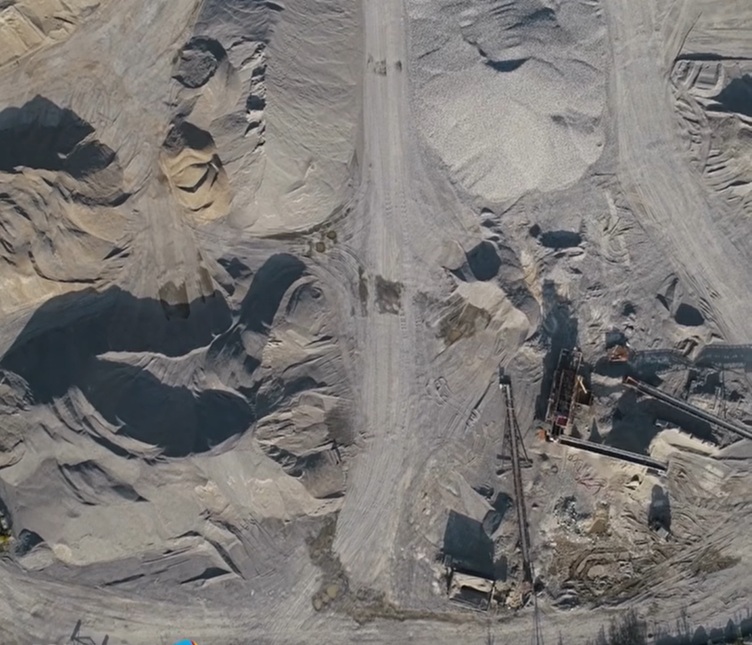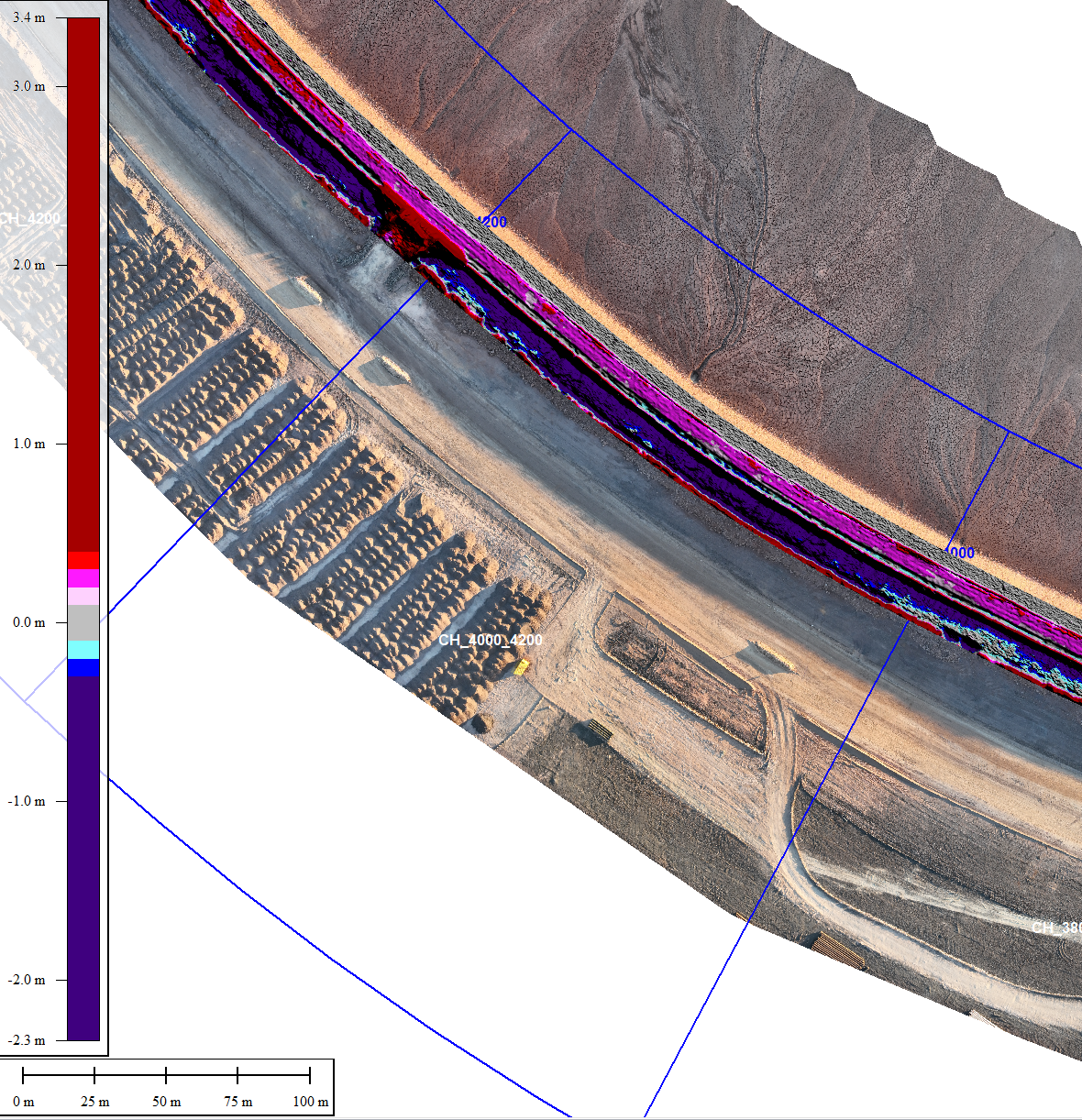From its earliest inception, uncrewed aerial flight (UAV) has been a subject of fascination. Today’s drone industry reflects this history and is a vibrant, exciting space for those lucky enough to work in it, and a compelling, unfolding story for others.
It’s a rapidly evolving area, with technological developments often surpassing the regulatory evolution. However, it remains imperative to ensure that any developments marry both public safety and purpose.
To date, drone activity has been largely characterised by pilots keeping visual contact throughout the flight and was regulated with height and distance limitations. Driven by commercial demand, registered operators with the necessary licences and approvals could approach regulatory bodies to grant permission for Class 1 or 2 Extended Visual Line-of-Sight (EVLOS) operations which enabled greater flexibility but still had limitations with its reliance on visual observers.


Beyond Visual Line-of-Sight (BVLOS) is the latest chapter in the UAV story; the technology opening untold commercial possibilities for surveillance, surveying, mapping, research and data-gathering in inaccessible or hostile environments. Naturally, these possibilities come with attendant responsibilities, which is where the regulatory bodies step in.
In Australia, Civil Aviation Safety Authority (CASA) are the gatekeepers for UAV operations; approving licences and certificates, offering training courses and setting and monitoring safety standards. They provide several standard scenarios which identify some of the risks commonly associated with drone operations. The scenarios are intended to assist applicants and reduce steps in the application process but operations beyond these descriptions require the completion of a specific operation risk assessment (SORA).
Prior to submission for BVLOS operations, applicants must first establish the exact parameters of each mission and what will be required in terms of equipment and personnel. This is an important stage that creates the critical list of considerations before embarking on the subsequent stages. It is not to be rushed and is the opportunity to assess the hardware, software and crew - their qualifications, suitability and availability for each operation.


Next comes completion of a sequence of stringent steps to provide evidence of compliance with CASA regulations. Ultimately, CASA’s mission is to ensure the safety of the shared airspace, as well as any risk to those on the ground. The key in seeking any approval for a BVLOS operation is to follow procedure and attend to every requirement with attention to detail.
Preparation includes: making mitigations to hardware, software and procedures to ensure safe operational readiness; thorough assessment and documentation of risk factors; conducting necessary training for emergency response plan; ensuring all paperwork is current; completing SORA documentation (if necessary).
After these steps are completed, CASA will arrange to conduct a test and check procedure.


As is apparent, the rigour of this process takes time, money and a high level of operational proficiency - with the enormous benefits BVLOS flight offers, come attendant risks that need to be identified and mitigated against.
DLT (Now RocketDNA), an ASX-listed company (ASX: RTK) providing commercial drone services, has successfully set up various BVLOS operations across Australia and Africa through its subsidiary, Rocketmine (Now RocketDNA).
Contact us here.


.png)



